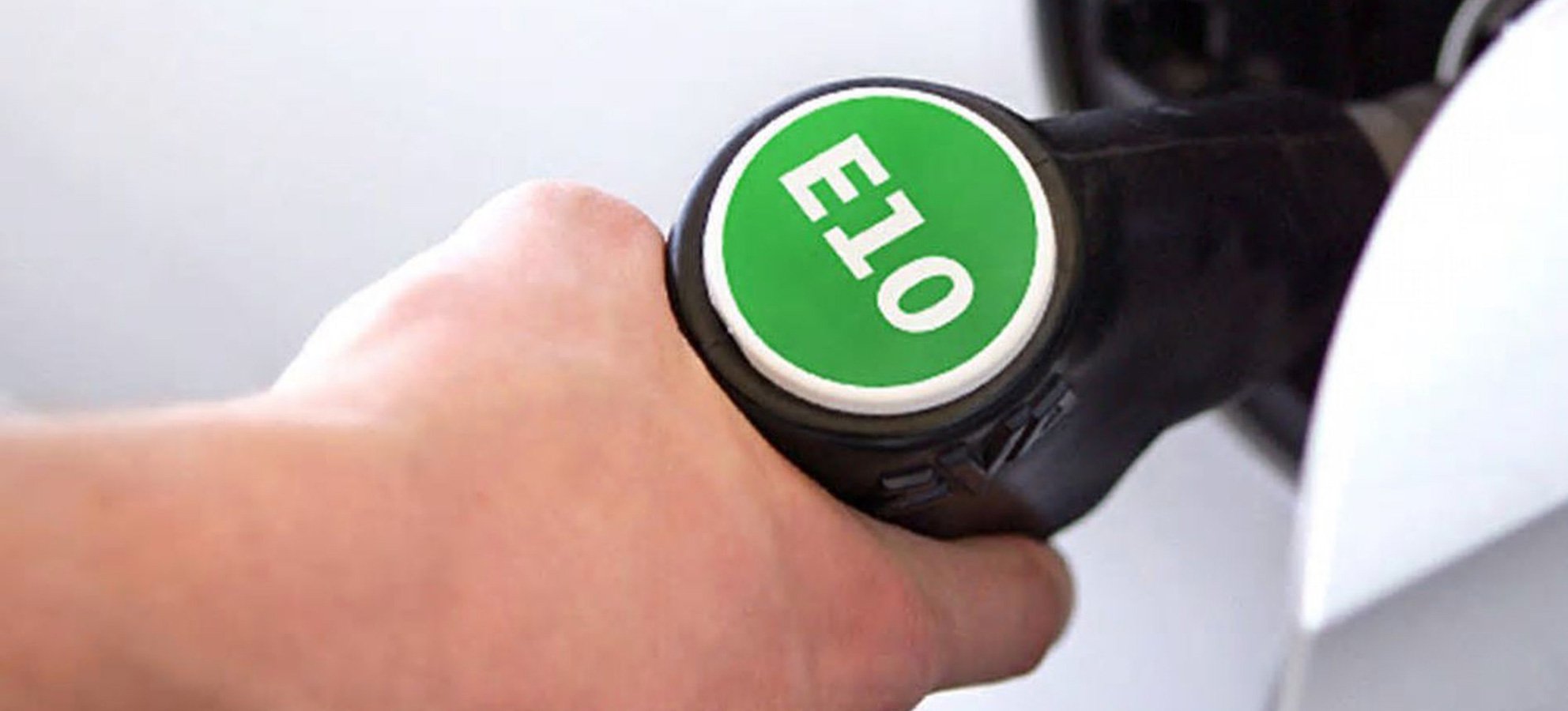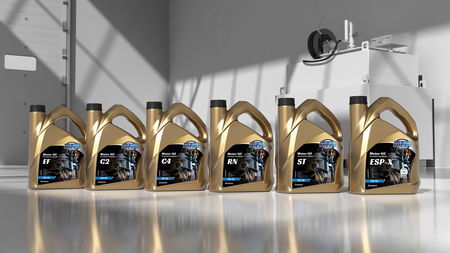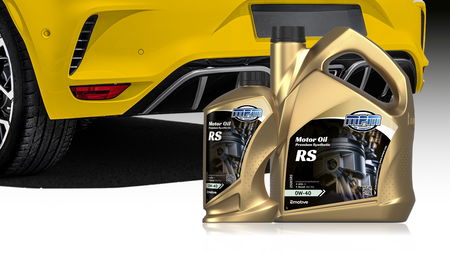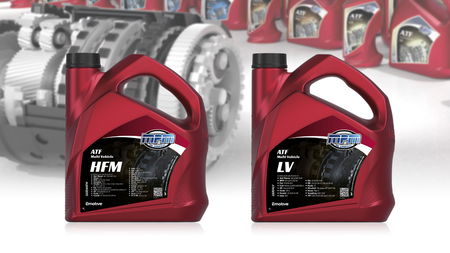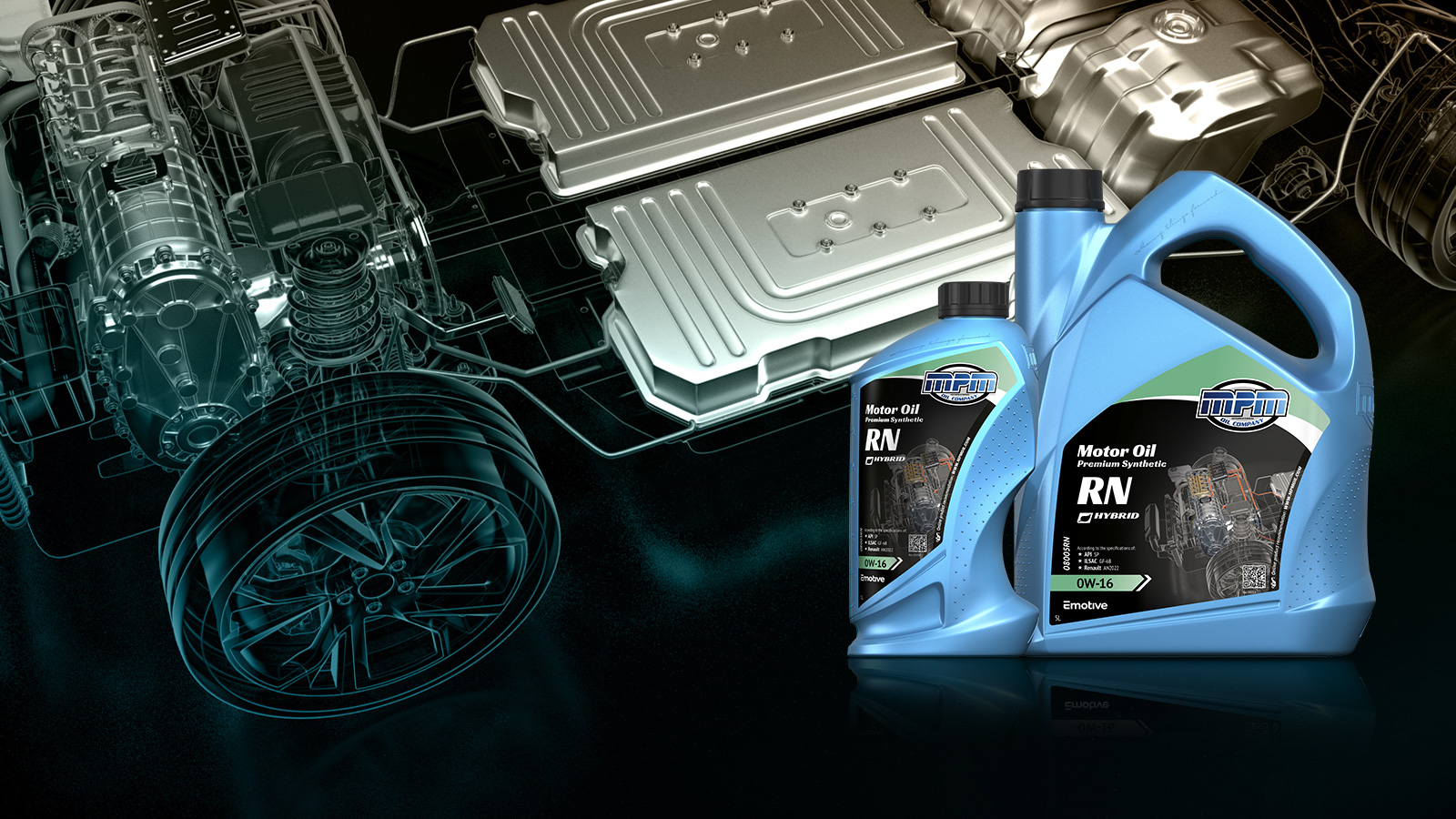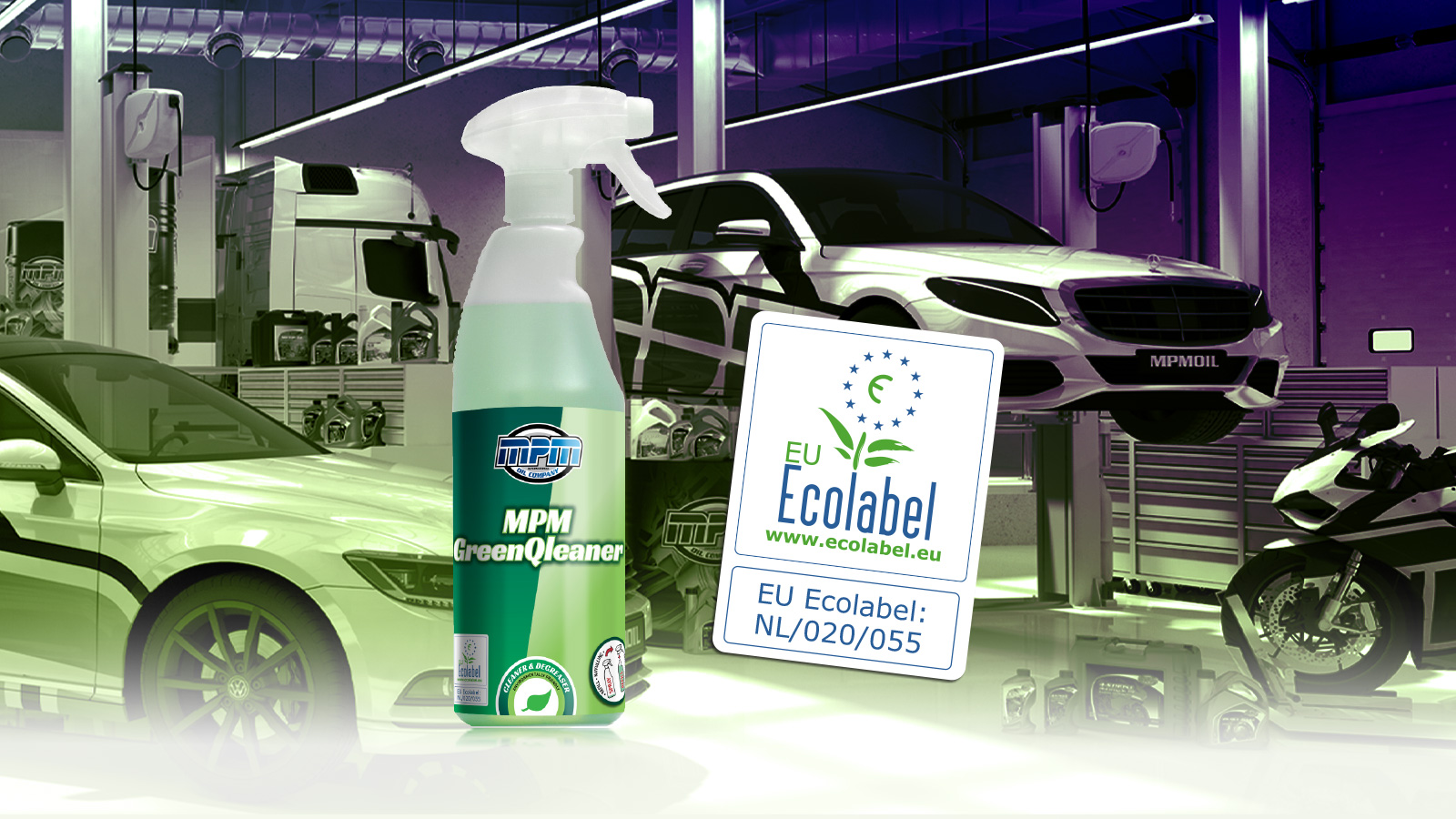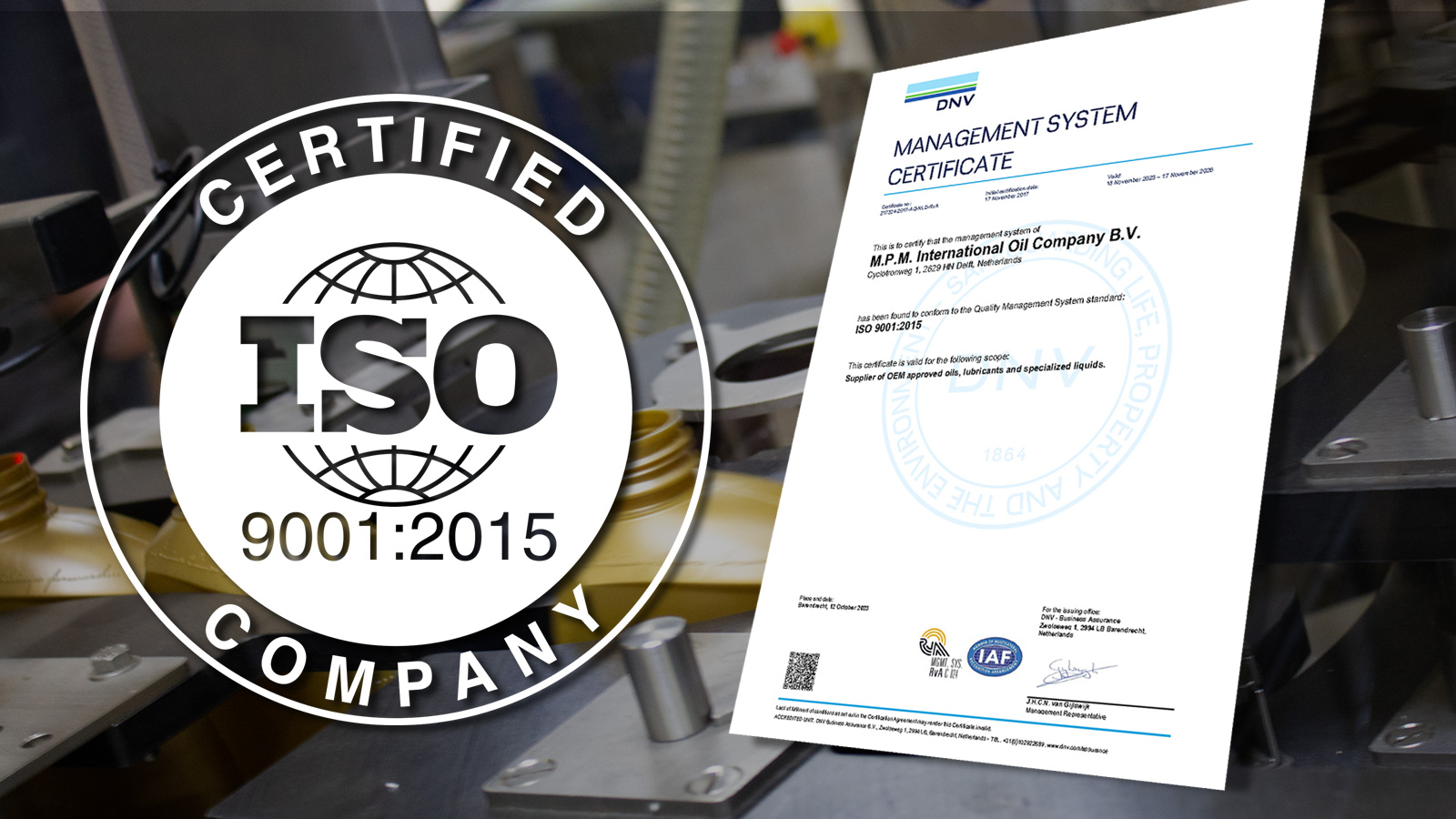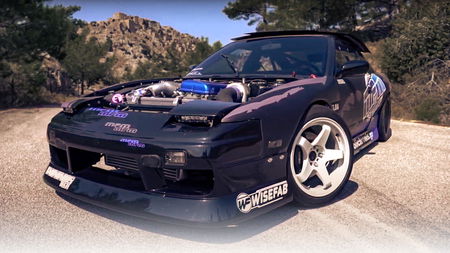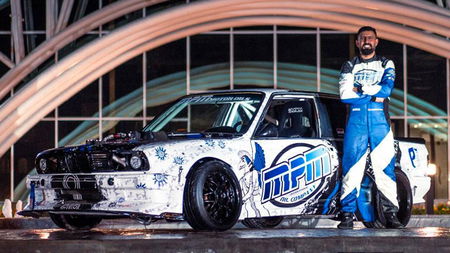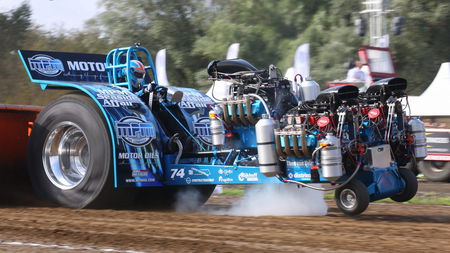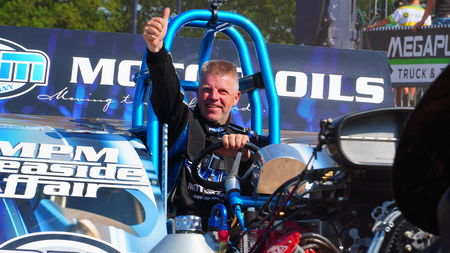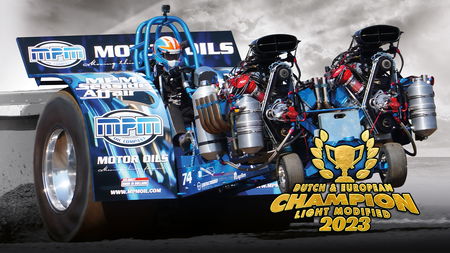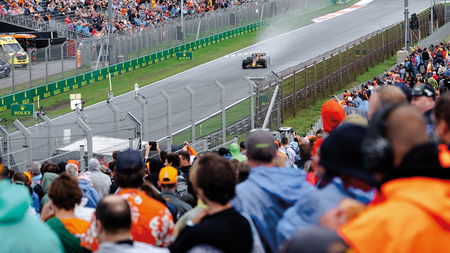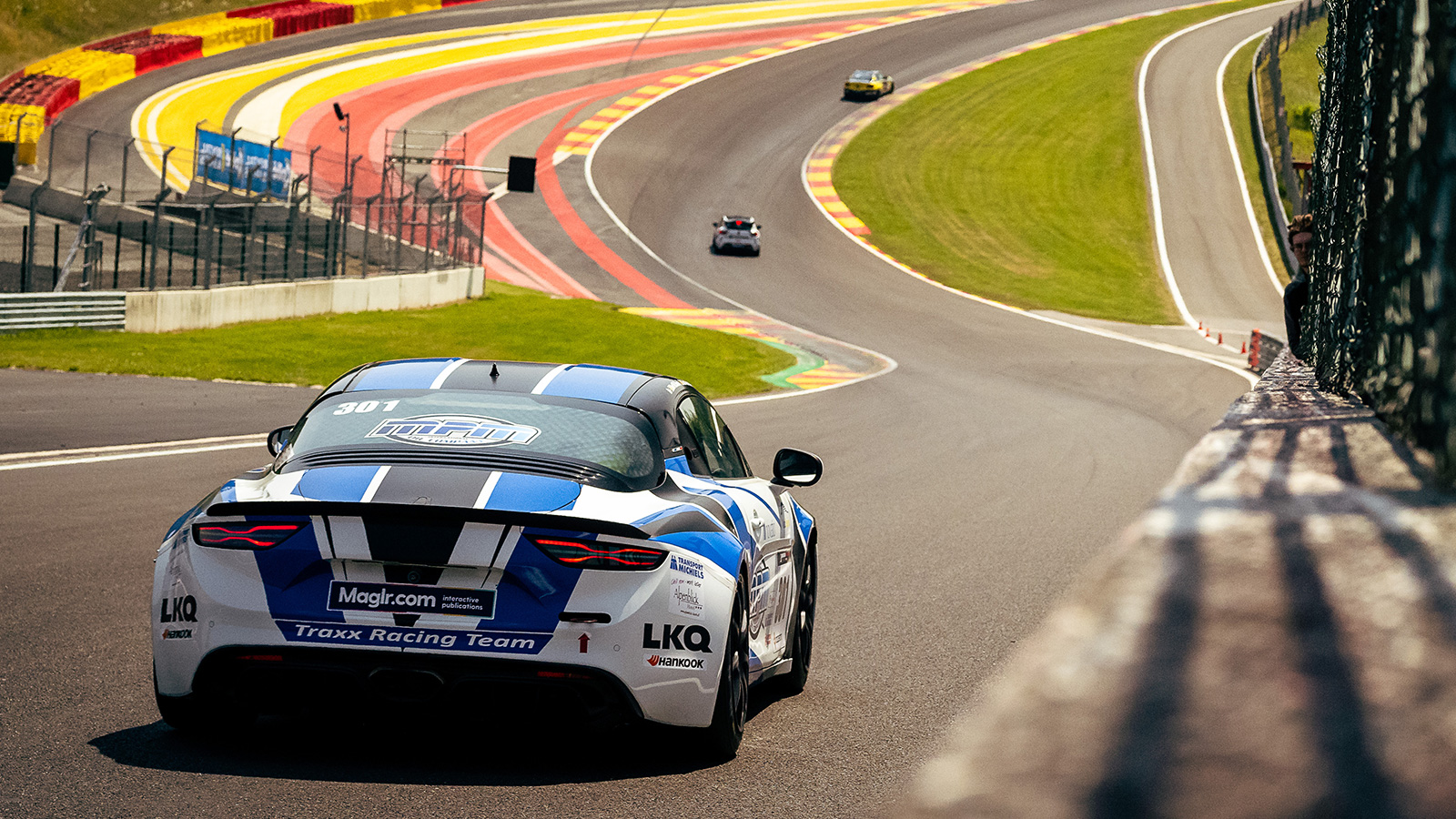Petrol stations in the Netherlands with two or more pumps are required by law to provide E10 petrol via at least half of their fuel nozzles as of 1 October 2019.
The other half remains available for different types of petrol. In other countries, such as France, Belgium, and Germany, ‘E10’ fuel has been offered for a long time.
Summary:
- ‘E10’ is a type of petrol that contains 10% bioethanol.
- Exclusively use ‘E10’ in vehicles suitable for the use of ‘E10’.
- Applicable to 90% of the modern fleet.
- ‘E10’ offers environmental benefits over E5 petrol.
- ‘E10’ contains alcohol and is hygroscopic.
- Usage of ‘E10’ can lead to damage to metals, gaskets, and plastics if the vehicle is not used for a more extended period.
Tips for the workshop:
- Always check the car's original instruction manual about the use of ‘E10’
- Pay attention to damage to metals, rubbers, and gaskets on cars that frequently run on ‘E10’
- Be sure to store vehicles taken out of operation with E5 petrol or petrol without bio-ethanol.
- Complaints regarding a increased fuel consumption can be related to the use of ‘E10’.
What is ‘E10’?
'E10' has been made mandatory because it partly consists of "renewable" energy and therefore helps to make car mobility more environmentally friendly. The standard Euro 95 (E5) has consequently been largely replaced by ‘E10’ fuel.
'E10' is petrol to which a maximum of 10% bioethanol has been added. The "E" stands for ethanol, in this case only bioethanol. Bioethanol is a type of alcohol and is made from, for example, sugar, corn, or wheat.
In the Netherlands, ‘regular’ petrol (Euro 95) contained a maximum of 5% bioethanol until October 1, 2019.
'E10' is, therefore, only applicable to cars with a petrol engine!
How do I recognize ‘E10’?
At the petrol station, ‘E10’ can be identified by the ‘E10’ sticker on the nozzle. The fuel dispensing column will also contain an ‘E10’ sticker.
Can my car run on ‘E10’?
Approximately 90% of the Western European fleet (petrol engines) can run on ‘E10’ fuel without any problems. Especially oldtimers or cars from before 1985, are typically not suitable for ‘E10’. You can check whether or not your vehicle is suitable for ‘E10’ online in almost every country. You can also consult the car's instruction manual.
What if my car is not suitable for 'E10'?
If the car is not suitable for running on ‘E10’, other types of petrol can be used, which are still being offered. The types of petrol differ per brand and petrol station; often these are the so-called premium fuels. In the Netherlands, ‘superplus 98’ for example, is also an option.
What if I have filled up my car with ‘E10’ while my car is not suitable for this?
If you realized while you were filling it up, stop refueling and fill the rest of the tank with another, suitable type of petrol. If the tank is already full then there is also no reason to panic yet. If the car is used regularly, use the fuel by driving the car and then refuel it with the correct fuel the next time you fill it up. If you intend to park the car for an extended period, it is better to take action and not to let the car sit, filled up with ‘E10’ fuel.
Does ‘E10’ have disadvantages?
Ethanol is more aggressive than petrol to both metals and rubbers/plastics and can, therefore, affect engine parts such as gaskets and seals. Also, the ethanol is hygroscopic (it attracts water), which in some cases can cause issues. So it is advised not to fill up the car with E10 (even if the vehicle is suitable for this) if you are not going to use the car for an extended time.
In addition, various tests have shown that fuel consumption will slightly increase when using ‘E10’.
Does ‘E10’ have advantages?
The use of ‘E10’ provides society with "environmental benefits" compared to the use of ‘E5’ petrol.
Renewable bioethanol, which is used in ‘E10’, reduces greenhouse gas emissions compared to petrol without bioethanol. The use of ‘E10’, therefore, immediately provides climate benefits without having to adjust the transport infrastructure.
Furthermore, ‘E10’ originates primarily from countries other than the well-known oil-producing countries. By definition, this results in less dependence.
MPM & ‘E10’
E10 only serves to make car mobility more environmentally friendly.
The use of the MPM oils and liquids prescribed by the car manufacturer also contributes directly to the increased efficiency of the car. This immediately reduces the emission of toxic gases, and wear and tear will be reduced to a minimum.
Therefore always use the MPM products your car manufacturer prescribes.
